Reinforcement learning is a machine learning technique that trains agents to make sequential decisions in an environment to achieve specific goals. Unlike supervised learning, which uses labeled data, or unsupervised learning, which uses unlabeled data, reinforcement learning employs a trial-and-error approach. Agents learn from the consequences of their actions, maximizing rewards and minimizing penalties.
This method is rooted in behavioral psychology principles, where positive outcomes reinforce behaviors and negative outcomes discourage them. In recent years, reinforcement learning has gained prominence due to its ability to solve complex problems across various fields. Its applications include robotics, game playing, finance, and healthcare.
Notable successes have been achieved in areas such as video game mastery, autonomous vehicle control, resource allocation optimization, and drug discovery. The rapid advancement of computing power and algorithms has transformed reinforcement learning into a powerful tool for developing adaptive, intelligent systems capable of learning from their environment.
Key Takeaways
- Reinforcement learning is a type of machine learning where an agent learns to make decisions by taking actions in an environment to achieve maximum cumulative reward.
- The basics of reinforcement learning involve understanding the concepts of agents, environments, actions, rewards, and policies.
- Implementing reinforcement learning in Python involves using libraries such as OpenAI Gym and TensorFlow to create and train reinforcement learning models.
- Advanced reinforcement learning techniques in Python include deep Q-networks (DQN), policy gradients, and actor-critic methods.
- Applications of reinforcement learning in AI include robotics, game playing, recommendation systems, and autonomous vehicles.
Understanding the Basics of Reinforcement Learning
The Agent-Environment Interaction
The agent takes actions in the environment and receives feedback in the form of rewards or penalties based on its actions. The goal of the agent is to learn a policy, which is a mapping from states to actions, that maximizes the cumulative reward over time.
Exploration and Exploitation
This is achieved through a process of exploration and exploitation, where the agent tries different actions to learn about the environment and then exploits this knowledge to make better decisions.
The Reward Signal
One of the key components of reinforcement learning is the reward signal, which serves as the feedback mechanism for the agent. The reward signal can be immediate or delayed, and it can be positive or negative, depending on the outcome of the action taken by the agent.
Maximizing the Cumulative Reward
The agent’s objective is to maximize the cumulative reward over time by learning a policy that leads to favorable outcomes. This is often formulated as a Markov decision process (MDP), which provides a mathematical framework for modeling sequential decision-making under uncertainty.
Implementing Reinforcement Learning in Python
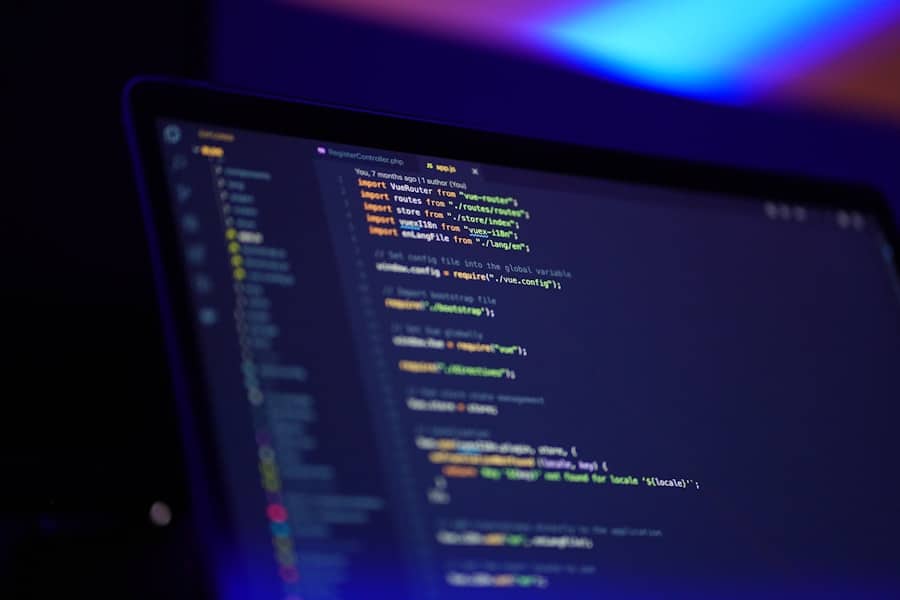
Python has become one of the most popular programming languages for implementing reinforcement learning algorithms due to its simplicity, flexibility, and extensive libraries for scientific computing and machine learning. There are several libraries in Python that provide tools for implementing reinforcement learning, such as OpenAI Gym, TensorFlow, PyTorch, and Keras. These libraries offer a wide range of environments, algorithms, and tools for building and training reinforcement learning agents.
To implement reinforcement learning in Python, one can start by defining an environment using OpenAI Gym, which provides a collection of environments for testing and developing reinforcement learning algorithms. Once the environment is defined, one can then implement various algorithms such as Q-learning, SARSA, deep Q-networks (DQN), policy gradients, and actor-critic methods using libraries like TensorFlow or PyTorch. These algorithms can be used to train agents to solve specific tasks, such as playing Atari games, controlling robotic arms, or navigating complex environments.
Advanced Reinforcement Learning Techniques in Python
| Technique | Description | Advantages |
|---|---|---|
| Deep Q-Network (DQN) | Uses deep learning to approximate Q-values in reinforcement learning | Handles high-dimensional state spaces |
| Policy Gradient Methods | Directly learns the policy function without using value function | Effective for continuous action spaces |
| Actor-Critic Methods | Combines value-based and policy-based methods for better stability | Can handle both discrete and continuous action spaces |
| Proximal Policy Optimization (PPO) | Improves policy gradient methods by constraining policy updates | More stable and sample-efficient |
In addition to the basic reinforcement learning algorithms, there are several advanced techniques that have been developed to improve the performance and stability of reinforcement learning agents. One such technique is deep reinforcement learning, which combines deep learning with reinforcement learning to handle high-dimensional input spaces and complex decision-making tasks. Deep reinforcement learning has been successfully applied to tasks such as playing video games, controlling autonomous vehicles, and optimizing resource allocation.
Another advanced technique is policy gradients, which directly optimize the policy of the agent using gradient ascent methods. This approach has been shown to be effective for training agents in continuous action spaces and has been used in applications such as robotic control and natural language processing. Additionally, there are techniques such as exploration strategies, reward shaping, and transfer learning that can be used to improve the exploration and generalization capabilities of reinforcement learning agents.
Applications of Reinforcement Learning in AI
Reinforcement learning has found numerous applications in artificial intelligence across various domains. In robotics, reinforcement learning has been used to train robots to perform complex tasks such as grasping objects, navigating environments, and manipulating tools. In game playing, reinforcement learning has been applied to train agents to play video games at superhuman levels, such as AlphaGo’s victory over human Go champions.
In finance, reinforcement learning has been used for portfolio optimization, algorithmic trading, and risk management. In healthcare, reinforcement learning has been applied to personalized treatment planning, medical imaging analysis, and drug discovery. One of the most exciting applications of reinforcement learning is in autonomous vehicles, where agents are trained to navigate complex environments and make real-time decisions to ensure safety and efficiency.
Reinforcement learning has also been used in natural language processing for tasks such as dialogue generation, machine translation, and information retrieval. With its ability to learn from interaction and adapt to dynamic environments, reinforcement learning has the potential to revolutionize many industries and pave the way for more intelligent and autonomous systems.
Challenges and Considerations in Reinforcement Learning
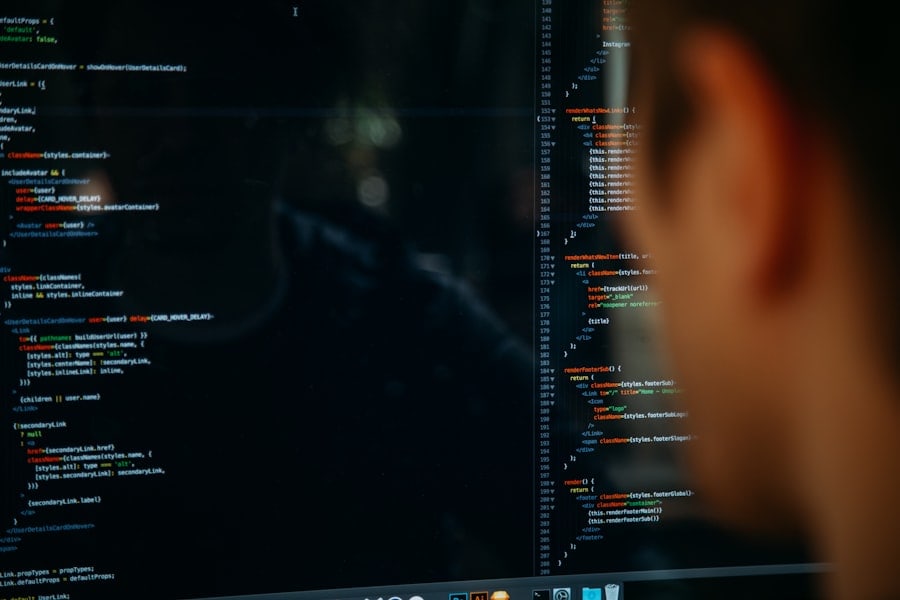
While reinforcement learning has shown great promise in solving complex problems, it also comes with several challenges and considerations that need to be addressed. One of the main challenges is the issue of sample efficiency, where reinforcement learning algorithms require a large number of interactions with the environment to learn an effective policy. This can be particularly challenging in real-world applications where interactions are costly or time-consuming.
Another challenge is the issue of stability and convergence, where reinforcement learning algorithms may suffer from instability or slow convergence when training on complex tasks or with high-dimensional input spaces. This can lead to difficulties in reproducing results and deploying trained agents in real-world scenarios. Additionally, there are ethical considerations related to reinforcement learning, such as ensuring fairness, transparency, and accountability in decision-making processes.
Future Developments in Reinforcement Learning and AI
The future of reinforcement learning and artificial intelligence holds great potential for advancements in various areas. One area of development is in multi-agent reinforcement learning, where multiple agents interact with each other and learn to coordinate their actions to achieve common goals. This has applications in collaborative robotics, multi-agent games, and decentralized control systems.
Another area of development is in meta-learning, where agents learn how to learn from experience and adapt to new tasks more efficiently. This has implications for transfer learning, few-shot learning, and lifelong learning in dynamic environments. Additionally, there is ongoing research in combining reinforcement learning with other paradigms such as imitation learning, unsupervised learning, and evolutionary algorithms to create more robust and versatile learning systems.
In conclusion, reinforcement learning has emerged as a powerful paradigm for building intelligent systems that can learn from interaction and adapt to complex environments. With its wide range of applications and ongoing developments in algorithms and techniques, reinforcement learning is poised to play a significant role in shaping the future of artificial intelligence. As researchers continue to push the boundaries of what is possible with reinforcement learning, we can expect to see more intelligent and autonomous systems that can tackle increasingly complex tasks and contribute to advancements in various fields.
If you are interested in learning more about reinforcement learning in Python, you may also want to check out this article on metaverse platforms and ecosystems, which provides an overview of major metaverse platforms. This article discusses how virtual worlds and gaming are becoming increasingly important in the metaverse, and how reinforcement learning can be applied to enhance user experiences and interactions within these virtual environments. You can read the full article here.
FAQs
What is reinforcement learning?
Reinforcement learning is a type of machine learning where an agent learns to make decisions by taking actions in an environment to achieve a specific goal. The agent receives feedback in the form of rewards or penalties based on its actions, and uses this feedback to improve its decision-making over time.
How does reinforcement learning work?
In reinforcement learning, an agent interacts with an environment by taking actions and receiving feedback in the form of rewards or penalties. The agent’s goal is to learn a policy that maximizes its cumulative reward over time. This is achieved through a process of trial and error, where the agent explores different actions and learns from the feedback it receives.
What are some applications of reinforcement learning?
Reinforcement learning has applications in a wide range of fields, including robotics, game playing, autonomous vehicles, finance, and healthcare. It can be used to train agents to perform complex tasks such as playing video games, controlling robotic arms, or making financial trading decisions.
What are some popular reinforcement learning algorithms?
Some popular reinforcement learning algorithms include Q-learning, Deep Q Networks (DQN), Policy Gradient methods, and Actor-Critic methods. These algorithms vary in their approach to learning and decision-making, and are suited to different types of problems and environments.
How can I implement reinforcement learning in Python?
Reinforcement learning can be implemented in Python using libraries such as TensorFlow, Keras, PyTorch, and OpenAI Gym. These libraries provide tools and frameworks for building and training reinforcement learning agents, and are widely used in the machine learning community.
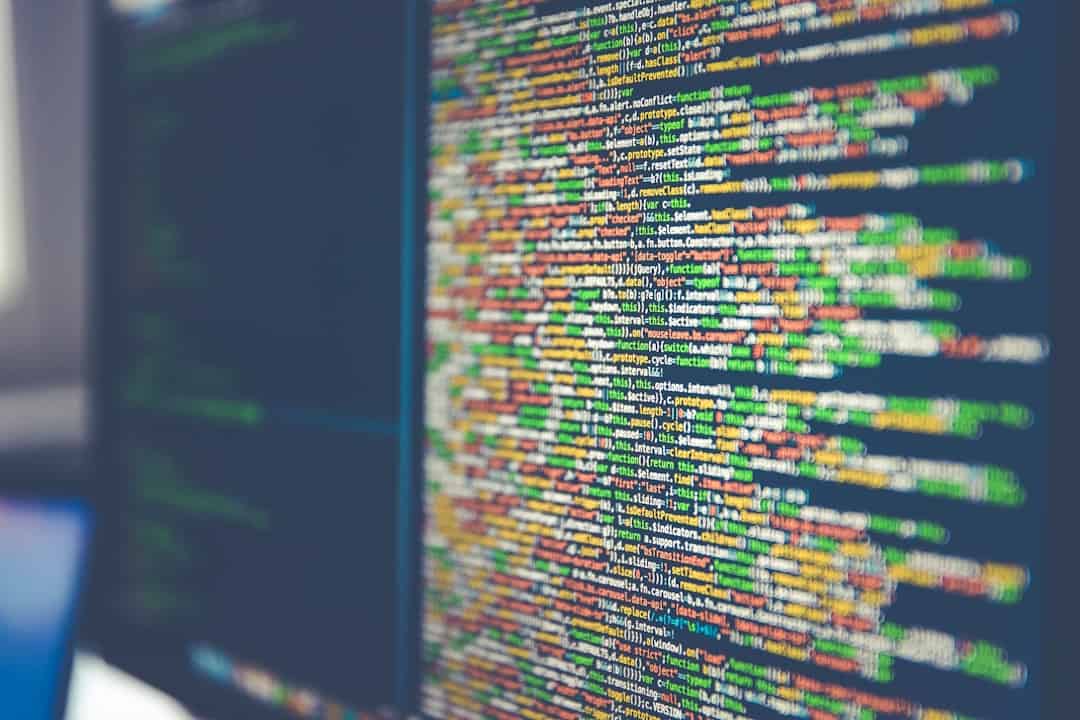
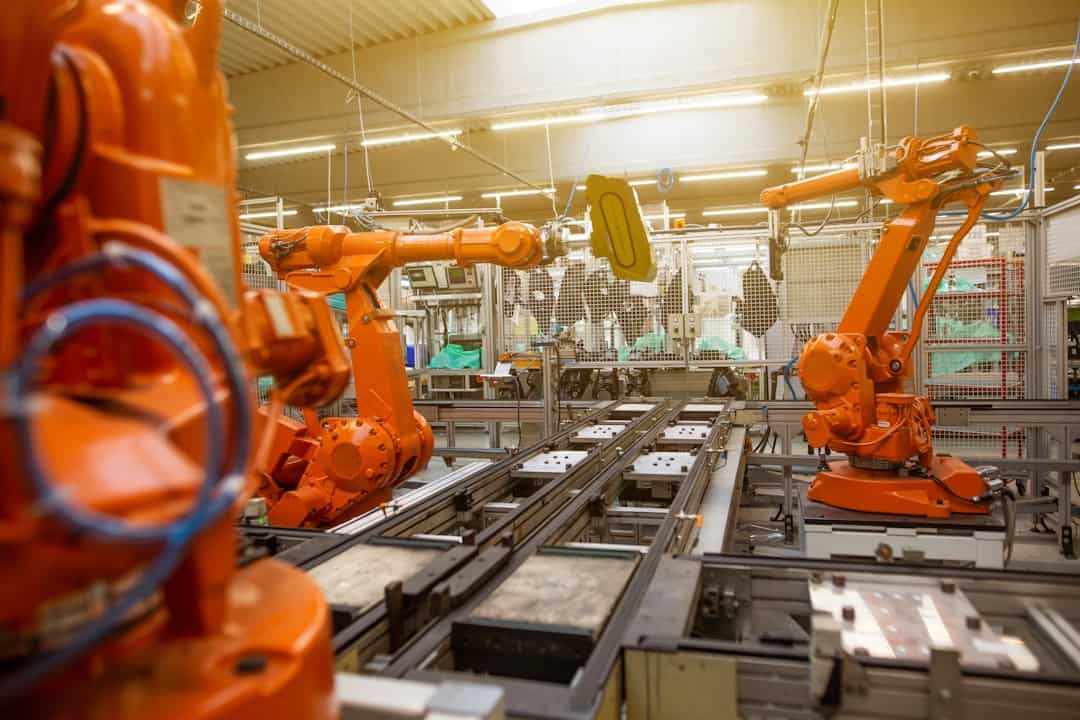
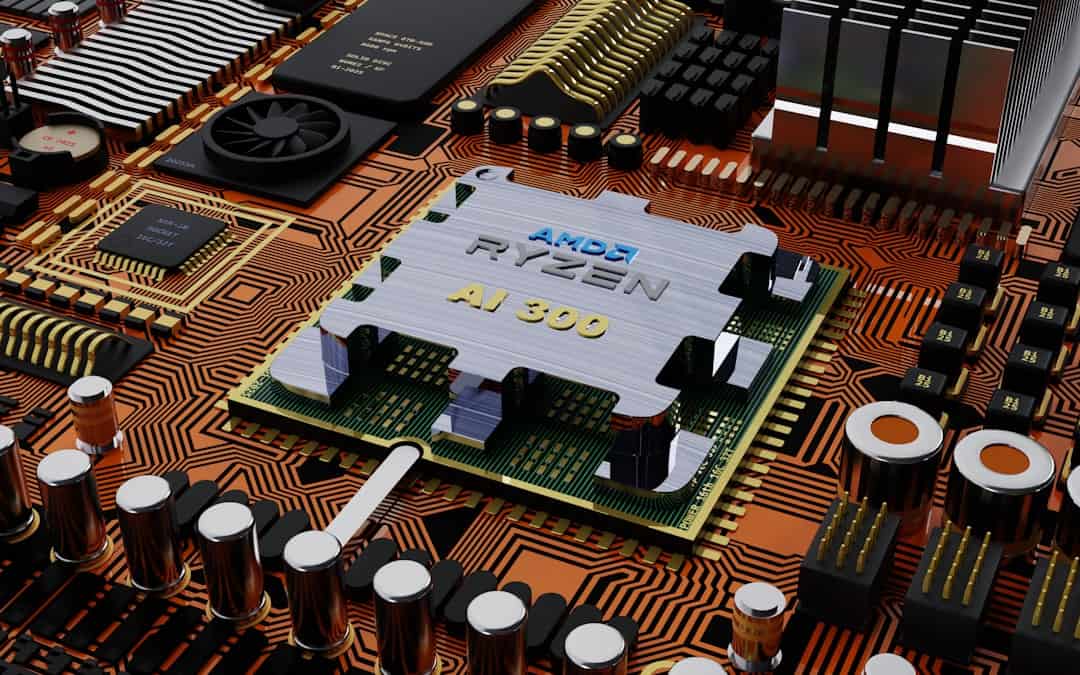








Leave a Reply